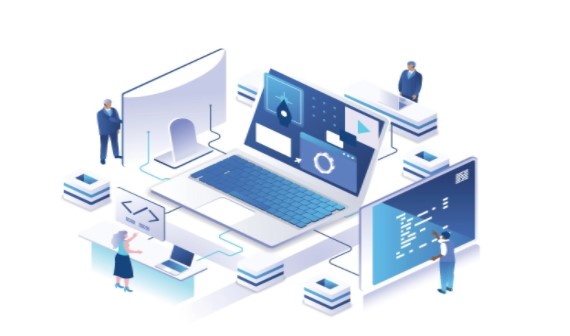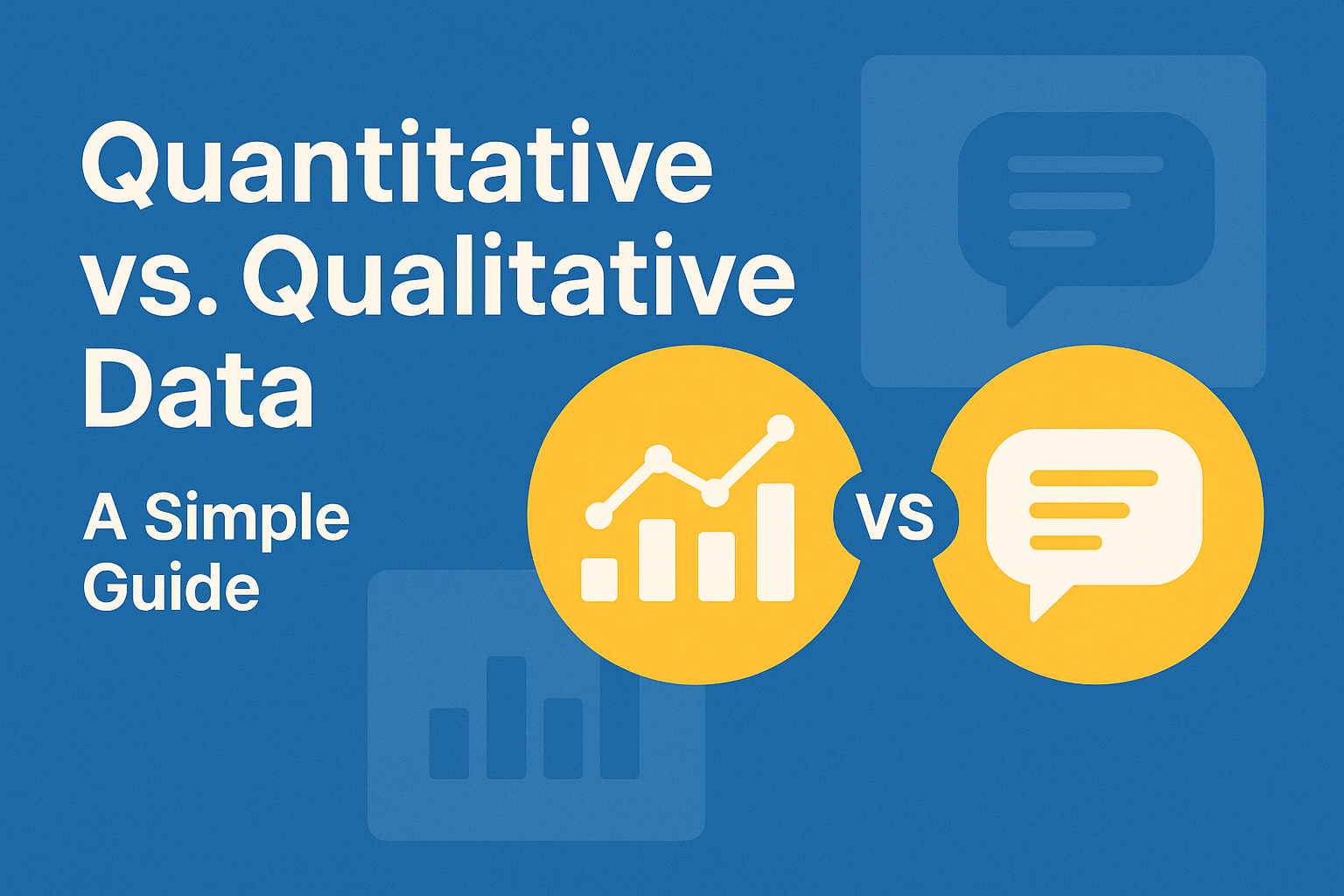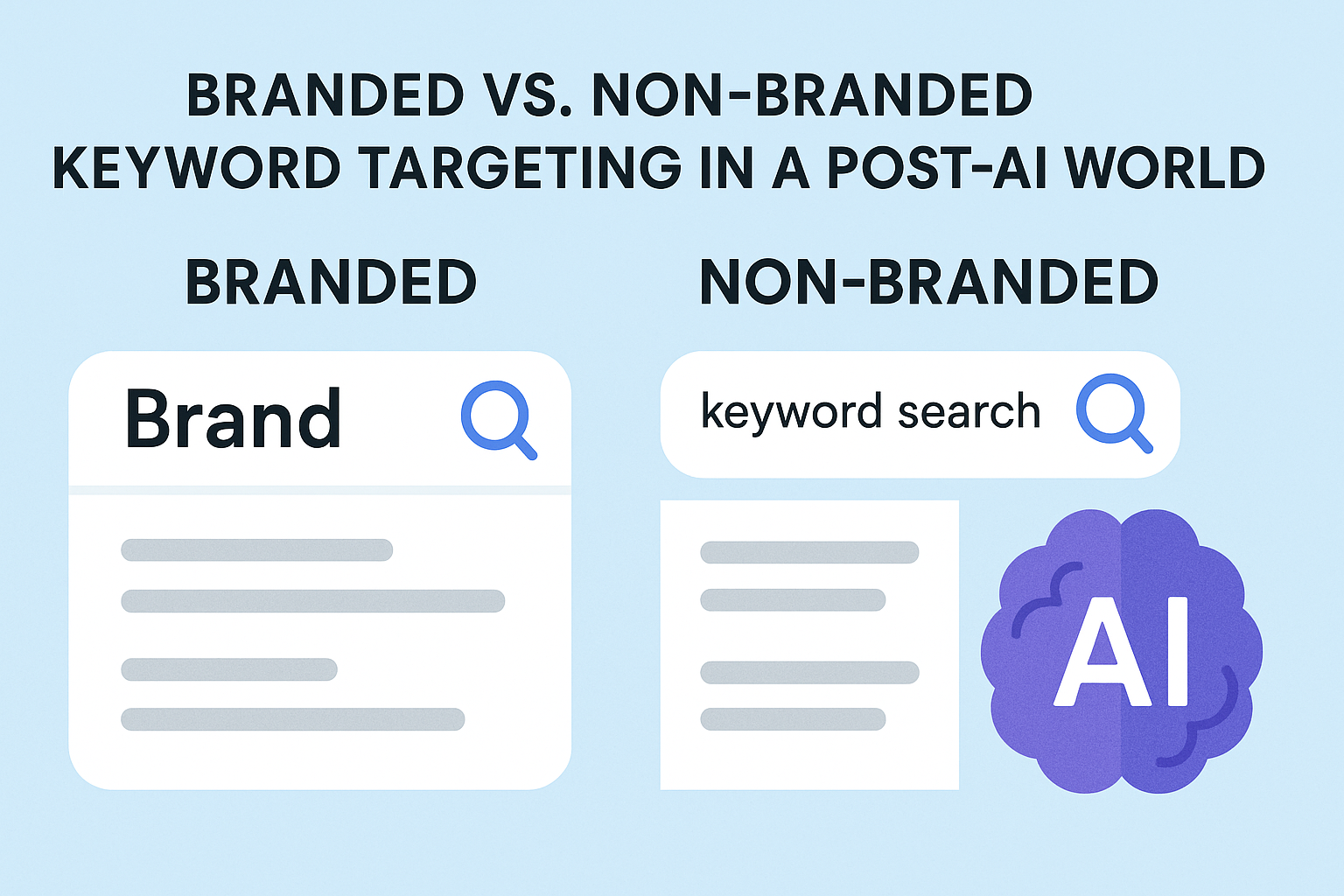
It is difficult to overlook the significance of End to End (E2E) testing as a component of the software development lifecycle. It is a significant aspect in deciding Software Quality Assurance. By ensuring that each line of code, each feature on the website, and each flow functions as planned, end-to-end browser testing instills trust in the application’s development.
Nowadays, software systems are complicated and linked with a large number of components. If one of the subsystem fails, the software system as a whole may crash. This is a significant risk that can be mitigated with end-to-end testing. As per Gartner, implementing an IoT automation test framework resolves several complicated issues.
End-to-End Testing: What is it?
End-to-end testing is a process that verifies that the complete software product works as intended from beginning to end. It outlines the system dependencies of the product and guarantees that all integrated components perform as planned.
End-to-end (E2E) testing’s primary objective is to test from the end-users perspective by recreating a real-world situation and verifying the system under test and its components for integration and data integrity.
Along with this broad concept, end-to-end testing is frequently mentioned in conjunction with two other common forms of testing: Unit Testing and Integration Testing.
- Unit testing is concerned with the smallest components of a program — for example, evaluating an API endpoint or a function. While unit testing enables the tester to concentrate on these components, ensuring that all components perform in concert is critical.
- Integration testing‘s objective is to ensure that the elements operate correctly together. While integration testing contributes to an application’s stability, it does not cover everything. Because we have no idea how the end-user will use the program, this is where end-to-end testing comes into play.
E2E testing utilizes methodologies that replicate an application’s actual user. By simulating the behaviors of a user, the test assists in determining if the outputs conform to the requirements or intended outcome. Several examples include the following:
- Making a purchase on a website for a product or service.
- Creating an account on a website.
- Utilization of a feature.
All of this would be carried out in a test environment that closely resembles the actual environment in terms of datasets utilized, API services used, and device type used.
The Advantages of End-to-End Testing
In 2020, Microsoft Azure was the world’s premier IoT platform, with end-to-end capabilities. Due to the following benefits, end-to-end testing has become more reliable and extensively adopted:
- Extend the coverage of tests
- Ascertain the application’s accuracy
- Reduce the time required to market
- Cost savings
- Identify bugs
Modern software systems enable subsystem interaction as a result of technological breakthroughs. Whether the subsystem is identical to or distinct from the primary system, within or external to the organization, subsystem failures can have a detrimental influence on the overall design.
The following actions can be taken to mitigate system risks:
- Verification of the system’s flow
- Expanding the areas covered by tests
- Identifying subsystem-related concerns
E2E testing is widely appealing to a variety of groups:
- Developers gain from it because the majority of testing is delegated.
- Testers value it because it enables them to prevent issues and obtain a higher sense of success by developing tests that validate real-world behavior.
- Managers appreciate it because user simulation tests demonstrate the impact of a failed test on the user.
Methods for End-to-End Testing
E2E horizontal testing
A frequently used technique that occurs horizontally across numerous applications and is readily implemented inside a single ERP (Enterprise Resource Planning) solution.
E2E vertical testing
This process is called layer testing, which means that tests are performed in sequential, hierarchical order. Each component of a system or product is tested from start to end to ensure its quality. Vertical testing is frequently used to validate crucial elements of a sophisticated computer system that do not require users or interfaces.
End-to-End Testing Lifecycle
A complete testing lifecycle comprises four components: test planning, test design, test execution, and result analysis.
- Test planning: Identifies critical activities, their related schedules, and accompanying resources.
- Test design: Includes the creation of test requirements, the development of test cases, risk analysis, use analysis, and the scheduling of tests.
- Test execution: Executes test scenarios and documents results.
- Result Analysis: Analyzes test data, evaluates testing and conducts more testing as needed.
When Should End-to-End Testing Be Used?
There are several instances in which end-to-end testing can be used. Here is an example:
Prior to testing, designers and developers prepare a list of required UI, functionalities, and features. Data flow across systems should be monitored to identify dependencies, defects, and inconsistencies. Furthermore, teams must prepare the conditions — variables that may affect any interface options – before testing.
End-to-end testing is critical for assessing an application’s user experience. More than simply ensuring that a button works or that a model appears correctly, evaluating the entire user experience from start to finish provides more confidence about the application’s quality.

The Search Engine Cage team is on a mission to educate entrepreneurs. We make things easier for the small business owner, by writing articles that help them to understand SEO and Digital Marketing.







